A Veteran Technician's Guide to Meat Dicer Maintenance: Complete Manual for Cleaning, Disinfection, and Care
In my 15 years of food equipment maintenance, the most frequently asked questions have always been about meat dicers. Every time I walk into a restaurant kitchen, I see chefs puzzling over their meat dicers: How thorough should the cleaning be? What disinfection method should be used? When should the blades be replaced? Today, I'll share my years of accumulated experience in the most practical way possible.

I. Daily Maintenance Secrets for Optimal Equipment Performance
I remember my mentor saying when I first started: "To do good work, one must first sharpen their tools." This couldn't be more applicable to meat dicer maintenance.
1. Daily Routine Check (Morning Shift Must-dos)
Every morning before work, I conduct these checks:
- Power cord condition
- Connection tightness
- Blade condition
- Safety device positioning
- Work surface cleanliness
2. Key Points During Operation
- Strictly control feed speed and quantity (recommend not exceeding 80% capacity)
- Monitor machine operating sounds (unusual noise often precedes failure)
- Regular cleaning of scattered ingredients in work area
3. Post-Operation Basic Care
My "Five-Step Cleaning Method":
- Wait 3-5 minutes after power off
- Remove detachable parts
- Initial rinse with 40-50℃ warm water
- Clean with specialized cleaner
- Dry with food-grade towels
II. Deep Cleaning: Restoring Equipment to Like-New Condition
1. Professional Disassembly Steps
I always tell my apprentices: "Every disassembly movement must be standard - this is the most basic skill."
Standard disassembly process:
- Confirm power off and unplug
- Release safety locks
- Remove housing components in sequence
- Carefully remove blade assembly (note blade positions)
- Dismantle drive mechanism
- Categorize and store components
2. Deep Cleaning Essentials
Three-phase cleaning method:
- Pre-treatment Phase:
- Soak in warm water (40-50℃) for 5 minutes
- Clean visible dirt with soft brush
- Use compressed air for hard-to-reach areas
- Main Washing Phase:
- Prepare professional cleaner (1:50 ratio)
- Soak for 15-20 minutes
- Use specialized cleaning tools
- Focus on blade gaps and drive shaft
- Post-treatment Phase:
- Rinse at least 3 times
- Verify no cleaner residue
- Dry with food-grade desiccant or compressed air
- Final wipe with specialized cloth
III. Disinfection Protocol: Key to Food Safety
1. Chemical Disinfection Method
My recommended protocol:
Preparation:
- Use food-grade sanitizer
- Maintain 250-500ppm concentration
- Water temperature 25-30℃
- Soak for 10-15 minutes
Precautions:
- Always wear protective gloves
- Ensure good ventilation
- Rinse thoroughly
- Keep disinfection records
2. Steam Sterilization
My most recommended method:
- Steam temperature: 100-120℃
- Duration: 15-20 minutes
- Suitable for: All metal parts
- Caution: Avoid steam contact with electrical components
3. UV Disinfection
Supplementary disinfection method:
- Distance: 30-50cm
- Duration: 20-30 minutes
- Use protection, avoid direct exposure
IV. Blade Replacement: Timing and Method Matter
1. Replacement Cycle Reference
Based on my experience, replace blades under these conditions:
Usage time:
- 4-6 hours daily: Replace every 3-4 months
- 7-8 hours daily: Replace every 2-3 months
- Frozen meat cutting: Reduce cycle by 1/3
Abnormal conditions:
- Blade shows nicks
- Cutting becomes difficult
- Noise increases significantly
- Cutting quality decreases
2. Replacement Precautions
My experience shows:
Must-do list:
- Use only original blades
- Wear cut-resistant gloves
- Follow manual instructions
- Ensure secure installation
- Perform no-load testing
Don'ts:
- Use inferior blades
- Handle bare-handed
- Force installation
- Ignore tightness
- Skip testing
V. Daily Maintenance Tips
1. Establish Equipment Records
Record the following:
- Daily cleaning logs
- Deep maintenance timing
- Disinfection methods used
- Blade replacement dates
- Repair and maintenance history
2. Preventive Maintenance
Regular checks:
- Bearing lubrication
- Seal integrity
- Motor operation
- Ventilation port cleanliness
3. Proper Storage Methods
- Maintain dry environment
- Avoid direct sunlight
- Regular brief operation
- Use dust cover
Experience Summary
Over the years, I've seen too many cases of equipment failing prematurely due to improper maintenance. Maintaining a meat dicer is like caring for an old friend - it requires patience and attention to detail. I hope these experiences help you. If you encounter any issues during maintenance, feel free to leave comments for discussion.
Must-Read Blogs For Chain Restaurants Owner

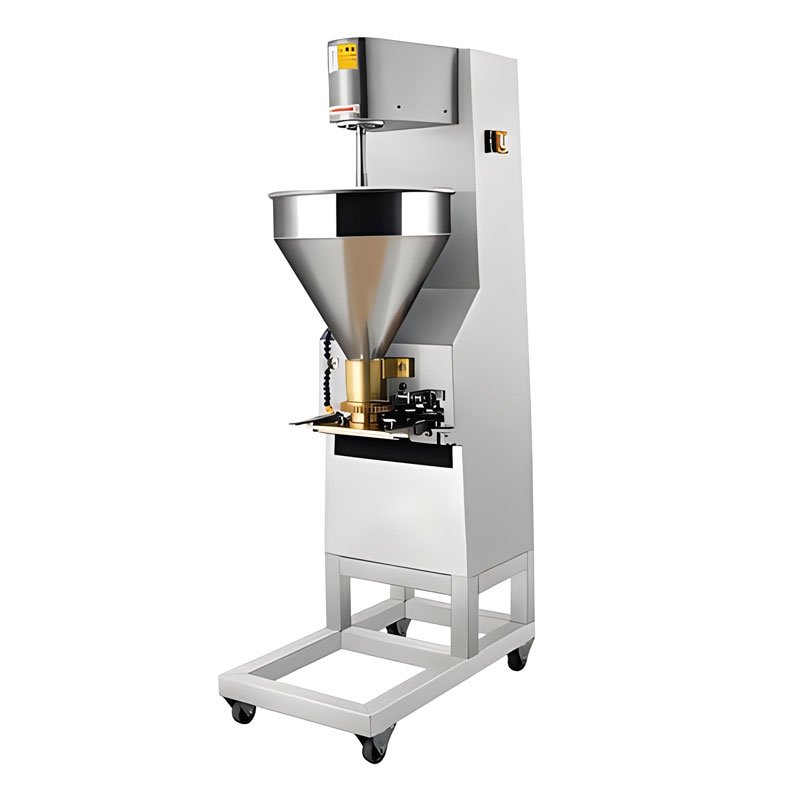
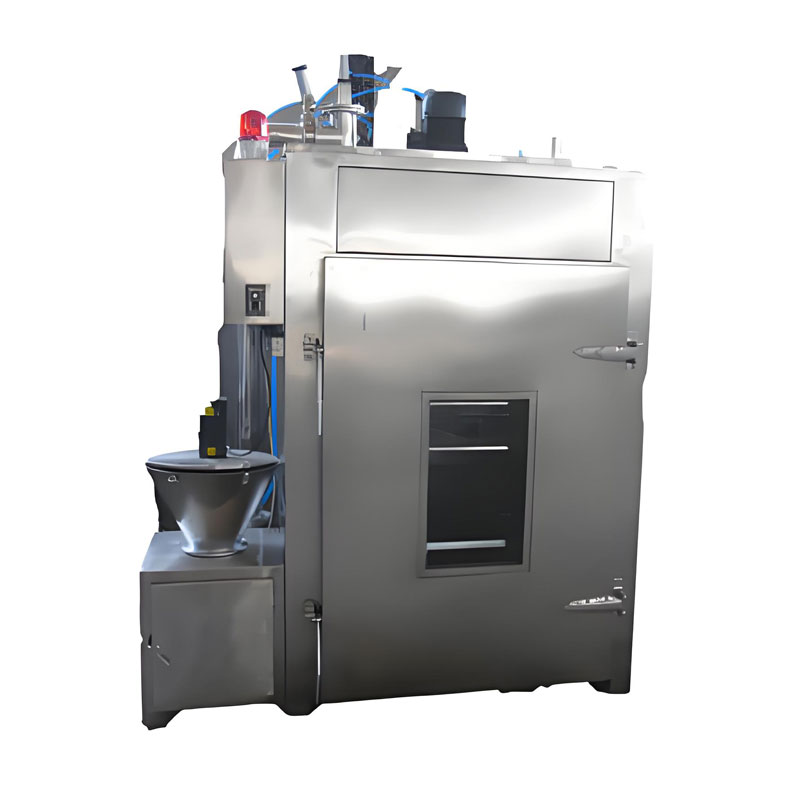
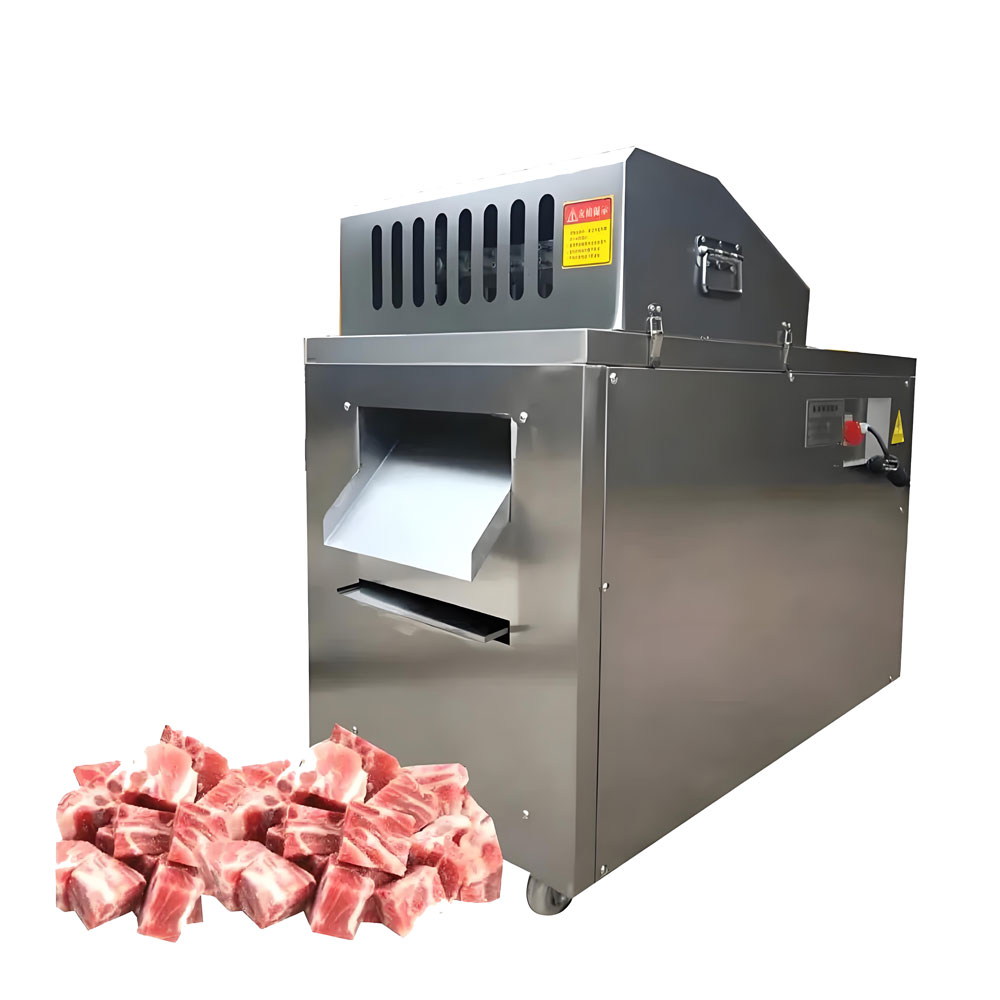
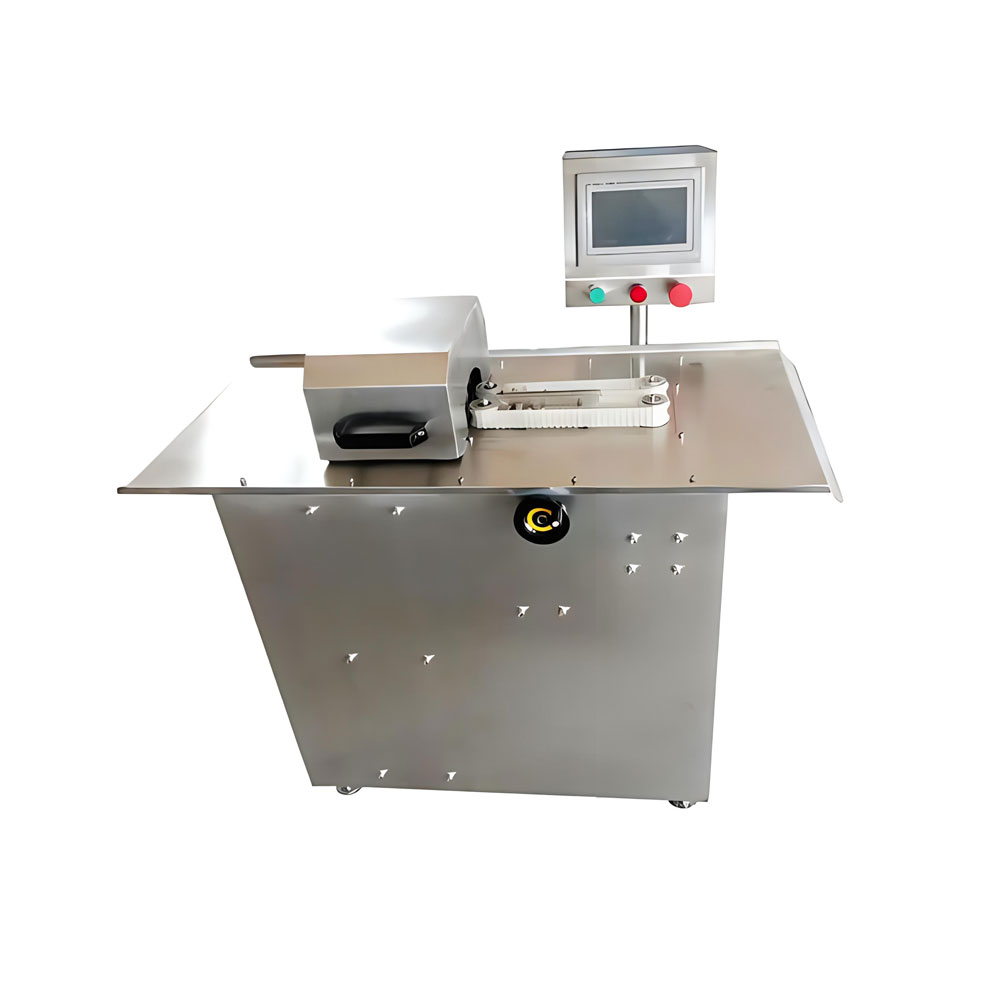
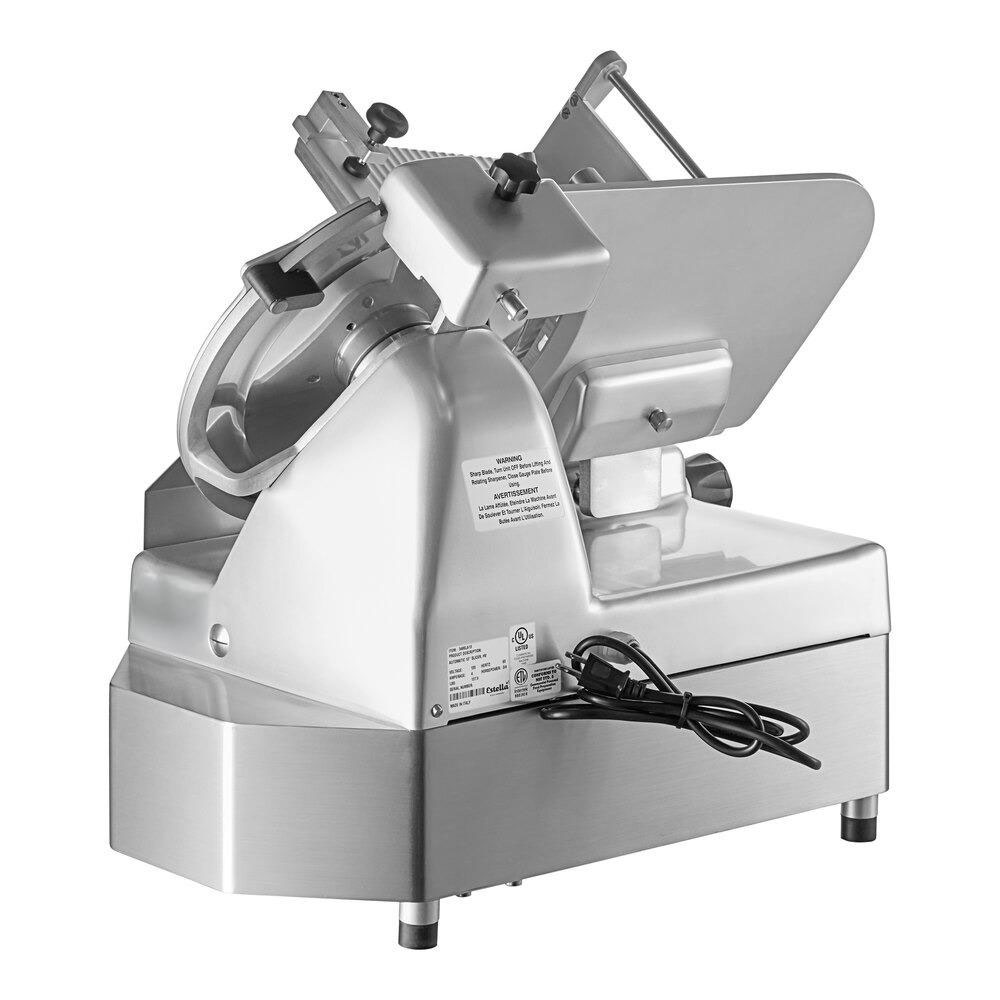
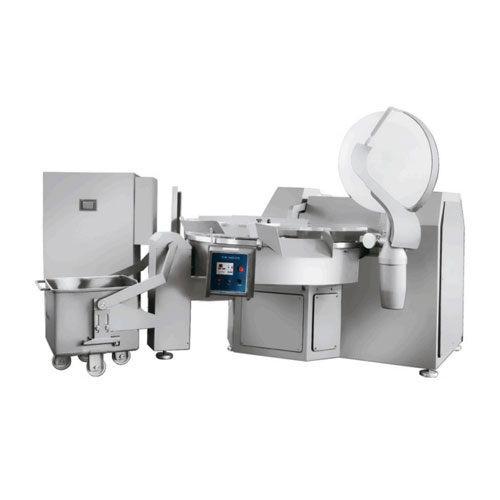
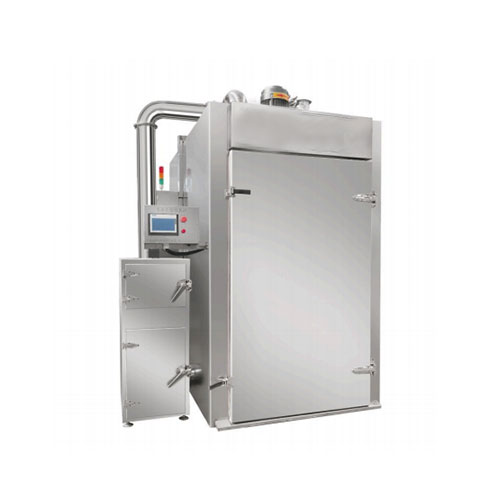
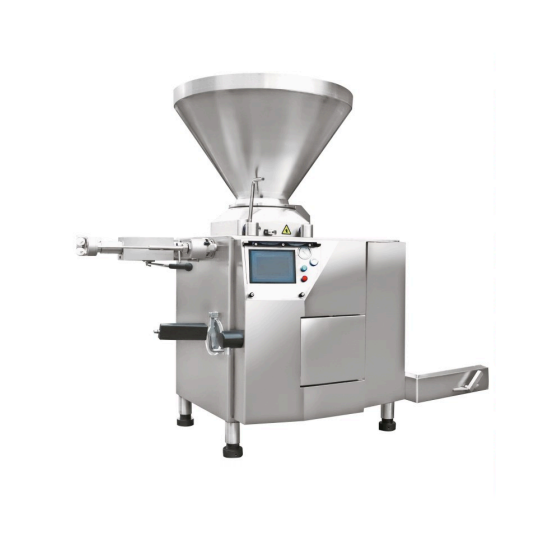
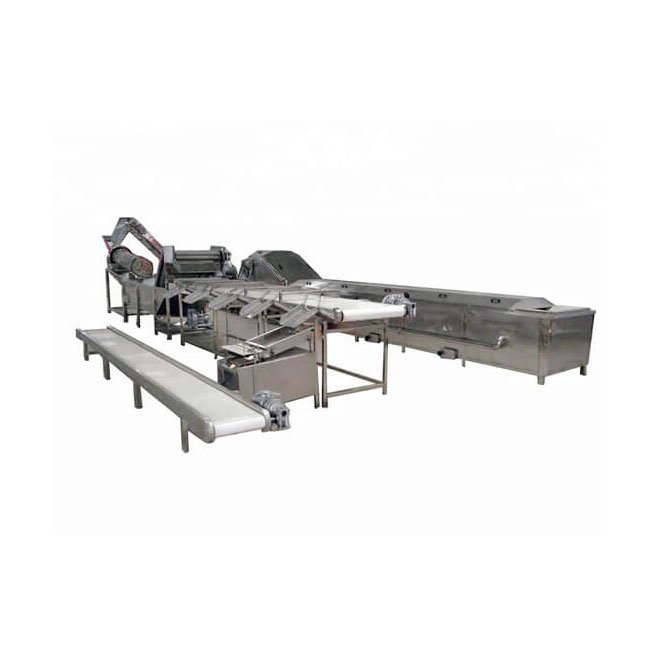
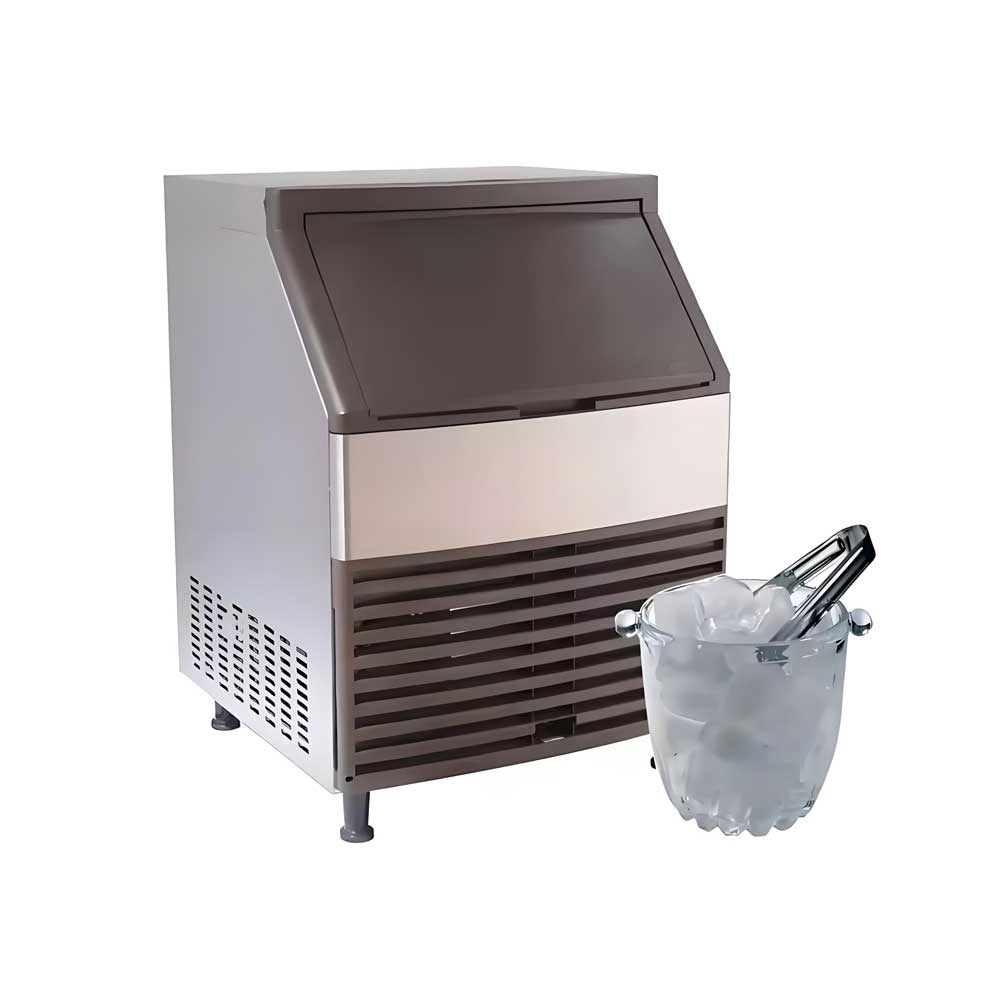
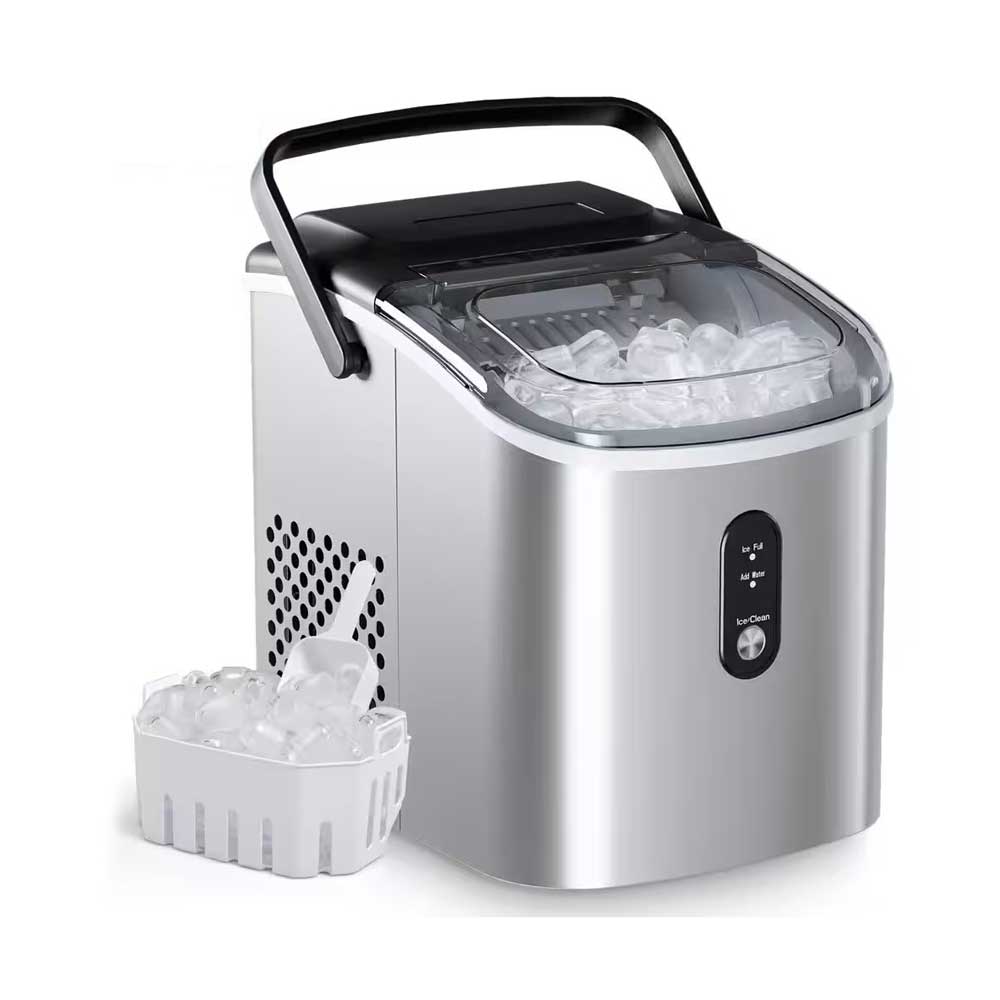 Portable Flake Ice Machine
Portable Flake Ice Machine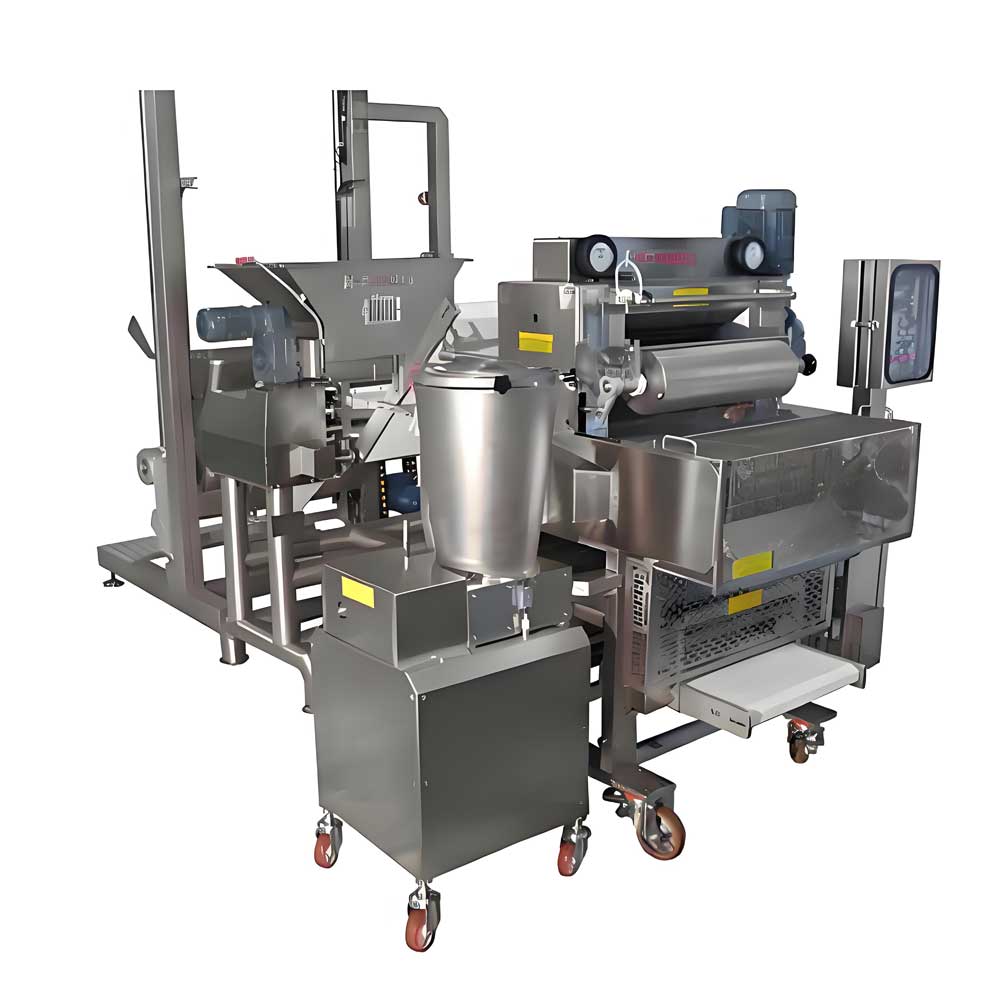 Pelmeni Making Machine
Pelmeni Making Machine
Ready to Get Started?